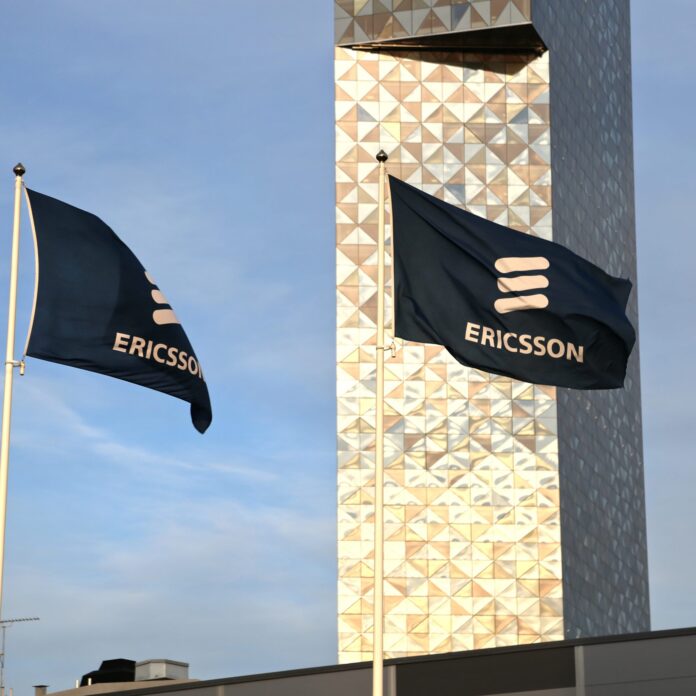Paul Challoner of Ericsson discusses role of dynamic spectrum sharing in deploying 5G services
5G means more network capacity and more network capacity means operators need more spectrum. While regulators around the world are working to open up frequencies for commercial mobile services, demand, as usual, is outpacing availability. To help bridge this gap, operators are looking to dynamic spectrum sharing (DSS), which will allow them to deploy LTE and 5G NR in the same band at the same time through a software update.
From the vendor side, all of the Ericsson Radio System gear sold since 2015 can support the software upgrade needed for DSS. And, based on comments from U.S. operator CEOs Hans Vestberg of Verizon and John Legere of T-Mobile US, expect to see DSS rolled out in the first half of 2020, which corresponds to those two operator roadmaps for nationwide 5G.
To extend 5G coverage in millimeter wave bands, as well as low- and mid-band frequencies, “Classically I’d need to re-farm,” Ericsson’s Paul Challoner, head of network product solutions in North America, told RCR Wireless News in an interview. “What DSS does is allows me to use an existing LTE band to share that band dynamically…to support them both on that same band.”
He also pointed out that even if an operator had an empty band, they’d still have to add another radio or add an additional channel on an existing radio. DSS lets operators avoid those truck rolls and capex with its software-based functionality.
Challoner said there would be “full software capability” for DSS by the end of the year. “We’re very excited about DSS and the capabilities that it brings.”
In addition to the coverage angle, Qualcomm’s Dean Brenner, vice president of spectrum strategy and technology policy, said DSS will also serve as “a very important bridge” from non-standalone 5G to standalone 5G. “DSS is pushing 5G coverage out as expansively as possible. So that means when the 5G core is launched, you’re already going to have this very, very broad 5G coverage. If you didn’t have DSS, you have kind of two problems–you have to get to the 5G standalone core but you also have to get 5G built out.”

